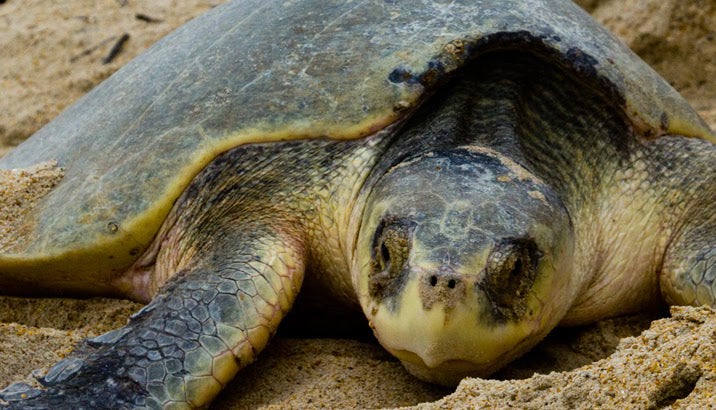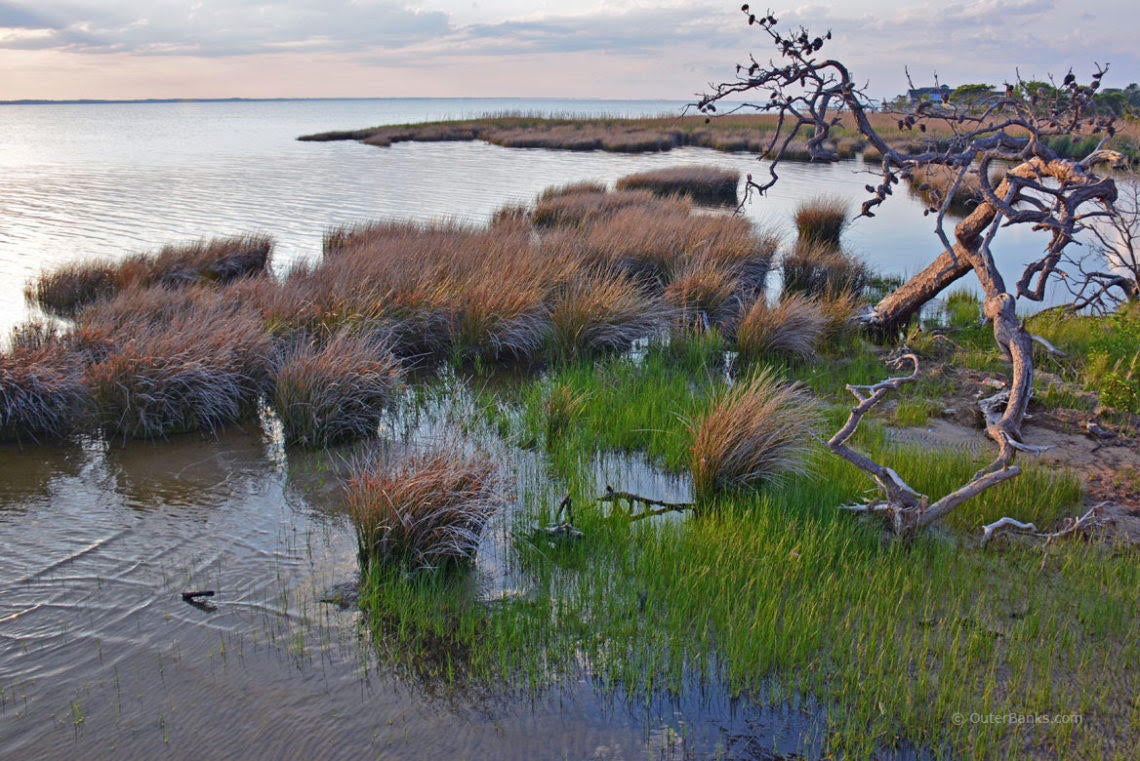Center for Environment hosts National Wildlife Refuge Association tour
Published 12:00 am Thursday, March 11, 2021
SALISBURY — The declining red wolf population, the impact of rising sea levels and the problem of feral hogs were of special interest to viewers of an online presentation held March 4 by officials from the National Wildlife Refuge Association.
The event centered on the 11 National Wildlife Refuges in North Carolina and hosted by the Center for the Environment at Catawba College. Geoff Haskett, NWRA president, talked about the national organization, and Mike Bryant, NWRA regional representative for North and South Carolina, offered a virtual tour of the N.C. refuges, lands Bryant calls “hidden treasures.”
The National Park Service oversees 85 million acres of designated land that
encompasses 62 parks which are managed for their historical and cultural value and natural
preservation as well as for recreation, Haskett said.
The National Wildlife Refuge System, on the other hand, encompasses 855 million acres and 586 refuges, which are managed for wildlife and habitat conservation and the possible reintroduction of native fauna and flora. Recreation on these lands is secondary to conservation.
Bryant offered a virtual tour of the state’s refuges, beginning with the Mountain Bogs National Wildlife Refuge about 100 miles west of Salisbury. Established in 2015, it currently has more than 7,225 acres, but only 24 of those are owned. The rest are in conservation easements. This refuge is home to the bog turtle. At 4 ½ inches, it is the smallest turtle in the country. The mountain sweet pitcher plant can also be found there. The refuge is not open to the public.
The Pee Dee National Wildlife Refuge is located 56 miles south-southeast of Salisbury. Established in 1963 as a migratory bird sanctuary, it is notable for its thousands of wintering waterfowl and nesting wood ducks, which inhabit the area. The refuge is an example of one of the South’s rarest pine ecosystems, the wet Piedmont Longleaf Pine forest. Hunting, fishing and wildlife observation are permitted on the refuge.
Nine of N.C.’s National Wildlife Refuges are located in the northeastern coastal plain. The Roanoke River Refuge contains the largest intact, least disturbed hardwood forest ecosystem in the mid-Atlantic region. Its purpose is to protect and conserve these habitats for migratory birds, like the prothonotary warbler. It also provides spawning habitat for blueback herring and striped bass.
It has the largest inland breeding heron rookery in the state. “It’s also a great place to kayak,” Bryant said. The 110,000-acre Pocosin Lakes National Wildlife Refuge is one of the largest refuges in the state. Pocosins are swamps on a hill.
“’Hill’ is a relative term when the highest ground is only 30 feet above sea level,” Bryant said. “It’s a broad, gently sloping dome of peat that drops in elevation one inch per mile.”
Groundwater from rain saturates these organic soils, except during seasonal dry spells and prolonged droughts when the soil dries and can catch fire and burn. A portion of the refuge is a migratory bird refuge where snow geese can be found in the winter. Deer and black bear are among the animals that live there.
The largest N.C. refuge, the 158,000-acre Alligator River Refuge, is located on its own sub-peninsula bounded by the Alligator River and Albemarle and Pamlico Sounds. The refuge surrounds a 46,000-acre Department of Defense bombing range.
“They don’t blow up things,” Bryant said. “They just practice dropping dummy bombs and shooting targets.”
Wildlife that benefit from the USFWS’s management of this refuge include American alligators, black bear, waterfowl like pintail ducks, and a wide variety of migratory birds, including the indigo bunting.
Mattamuskeet National Wildlife Refuge, the second oldest N.C. refuge established in 1934, is home to the state’s largest natural lake, the 40,100-acre Lake Mattamuskeet. Wintering waterfowl from the Atlantic flyway (including 20-30 percent of green-winged teal, 40-80 percent of northern pintails and 25-35 percent of tundra swan, as well as others) winter on and around this refuge.
The oldest N.C. refuge, Swanquarter Refuge, was established in 1932 to conserve wetland habitat. Half the refuge is a national wilderness area. A variety of waterfowl, including American black ducks and canvasback ducks, can be found there.
The nearby Cedar Island National Wildlife Refuge marsh harbors the threatened black rail, a small, sparrow-sized secretive marsh bird. This refuge is one of the last places the bird is found in North Carolina.
Mackay Island Refuge in the northeast corner of the state provides habitat for migratory birds.
Waterfowl hunting is restricted in parts of this area. Currituck Refuge protects this coastal barrier island ecosystem for the birds, wildlife, fish and plants that depend on it.
Finally, Pea Island Refuge was established in 1938 to provide nesting, resting and wintering habitat for migratory birds and other wildlife. The refuge is the first 13 miles of Hatteras Island, beginning at Oregon Inlet. The habitat is home to a number of species, including redhead and ringneck ducks, the black-necked stilt, least terns and loggerhead sea turtle hatchlings, whose nests are protected and monitored.





